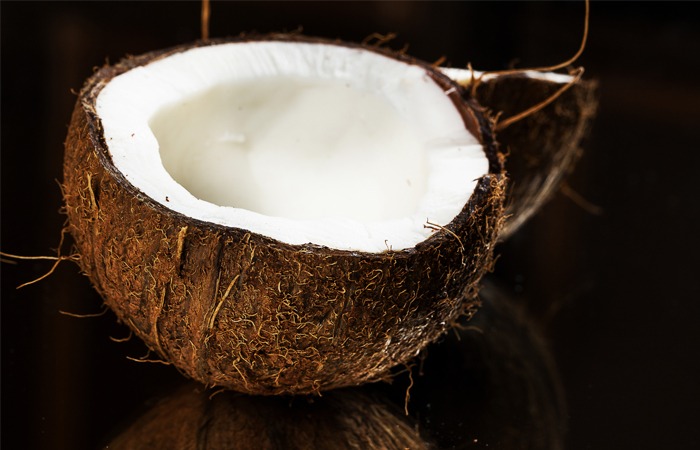Coconut
28 April 2020
Oak aromas in wines – The series of oak aromas in wines highlights the odorous molecules that oak gives to wines during ageing.
Wine is a complex blend of aromas. Among them are the aromas from the grape variety, called primary aromas; the aromas from the winemaking and fermentation process otherwise known as secondary aromas and finally the tertiary aromas are those from the evolution and aging of wines. The aromas from the oak barrel therefore represent part of the aromatic bouquet of the wine. The work of the winemaker / oenologist, the choice of the barrel and the management of the aging are all complex and precise techniques which lead to obtaining the right aromatic and structural balance of the wine.
Among the aromas given to wines by oak, we can cite the smell of “coconut”. It is due to “whiskey lactones” or β-methyl-ϒ-octalactones. These are two molecules with the same atomic composition but they are present in two different forms: the two isomers cis-whiskey lactone and trans-whiskey lactone.
These two isomers have similar characteristics and in particular have a “coconut” and “fresh wood” smell. However, the cis form has a lower perception threshold, so it is more powerful, more fragrant.
The American oak Quercus alba is richer in “whiskey lactones”. It is therefore more impactful in aromatic terms, with more intense “coconut” and “fresh wood” notes compared to the French oaks Quercus robur and Quercus petraea which naturally contain less.
The “coconut” aromatic note tends to be more present in light to medium toasting levels of woods. It is found more in white wines and light and fruity red wines aged in oak barrels.
Picture : © Anatolijs Jascuks







